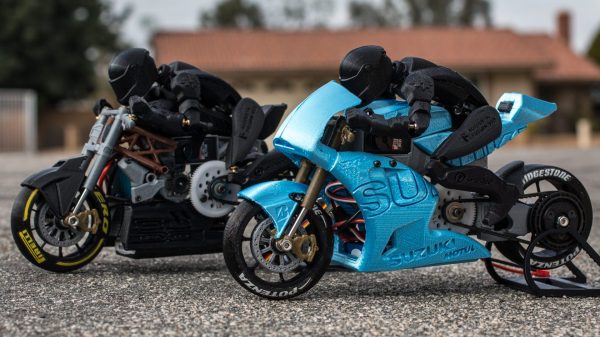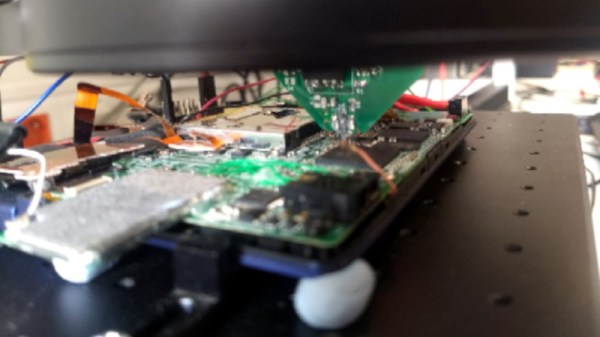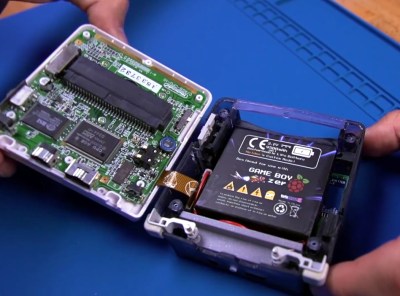Some ideas are so bad that we just try them anyway, at least that seems to be [Ivan Miranda]’s philosophy. No stranger to just totally ignoring the general consensus on what you can (or at least should) or can’t make with a 3D printer, and just getting on with it, [Ivan] may have gone a little too far this time. Since umbrellas are, well, boring, why not try to keep dry with an air-curtain hat?
As you’ll see from the video, attempting to 3D print an impeller to run from a BLDC motor didn’t exactly go well. The imbalance due to imperfections in the printing process (and lack of an easy way balance it post-print) caused incredibly unpleasant (and possibly damaging) vibrations directly into his skull, not to mention the thing self-disassembling in a short time.
Not to be discouraged, he presses on regardless, substituting an electrical ducted fan (EDF), increasing the silliness-factor oh-so-little, after all as he says “I think I have a solution for all the issues — more power!”
EDFs and other kinds of ducted fans are used in many applications nowadays. Thanks to advances in rare-earth magnets enabling more powerful brushless motors, combined with cheap and accessible control systems, there has never been a better time to drop an EDF into your latest madcap idea. We have covered many ducted fan projects over the years, including this great video about how ducted fans work, which we think is well worth a watch if you’ve not already done so.
The “rain in spain, stays mainly in the plain” doesn’t actually reflect reality, as most rainfall is actually recorded in the mountainous north, rather than the central ‘plain’, But regardless, it never rains when you want it to, certainly in the Basque country where [Ivan] is based. Initial testing was done with a hose pipe, in the shop, which shows a certain dedication to the task in hand to say the least.
He does demonstrate it appearing to actually work, but we’re pretty sure there is still plenty of room for improvement. Although, maybe it’s safer to just shelve it and move on the next mad-cap idea?



















